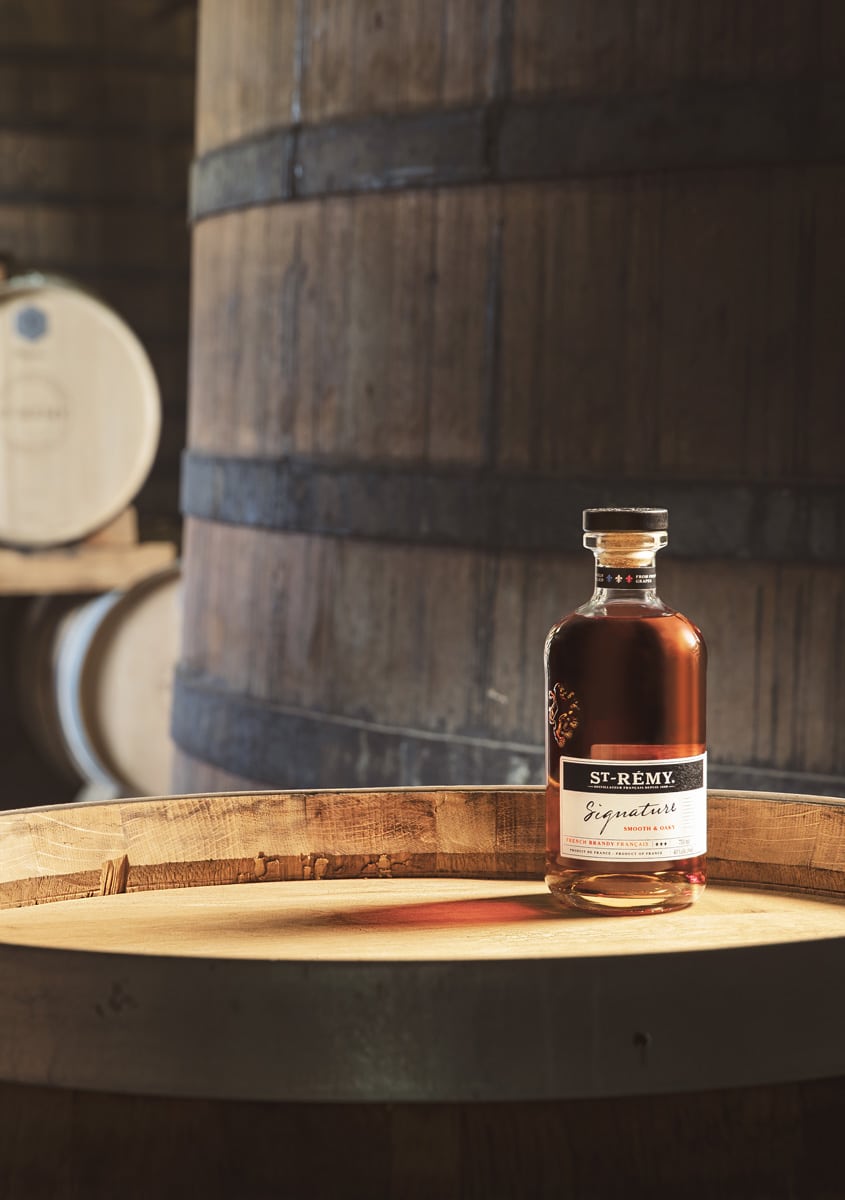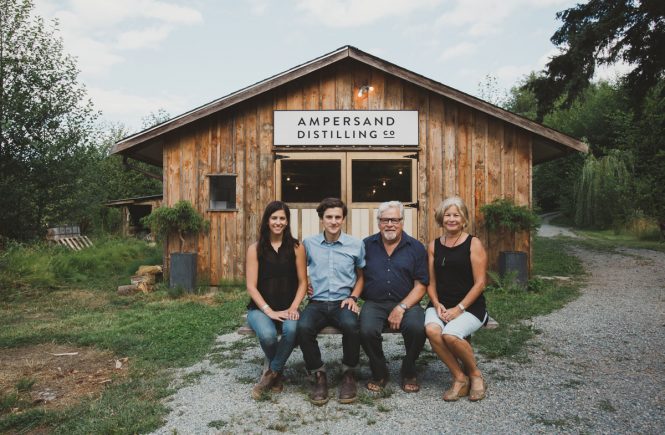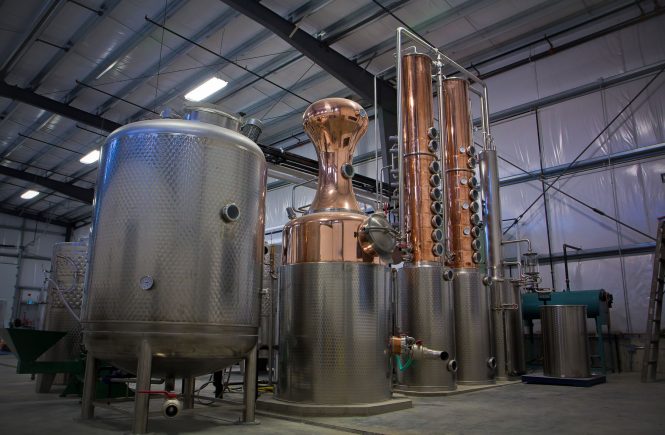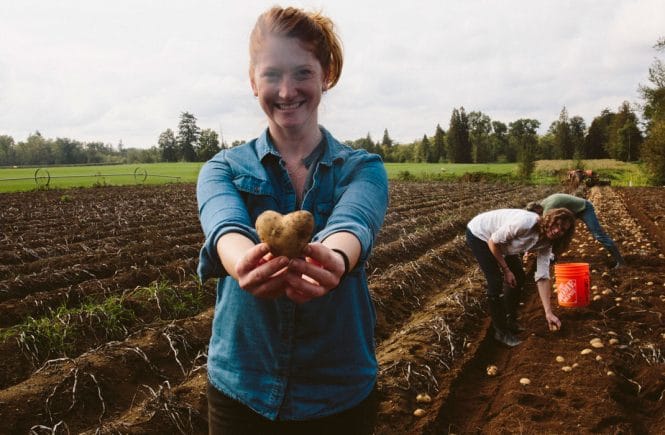Cellar master Cécile Roudaut introduces a brandy that balances quality with versatility

Cécile Roudaut loves her job. “Every day I learn new things and this brings me happiness,” says the master blender for St-Rémy. “I have the opportunity every day to taste very high-quality products. Each day I make something different. My role is to perpetuate tradition, but also to innovate.”
Roudaut was in Vancouver recently to launch St-Rémy Signature, the exciting new blended brandy she has created for Rémy-Cointreau. “I asked for a project: ‘Can I have a budget to buy some casks?’” she says. Of course, they said yes. “And the results were very pleasant.”
St-Rémy Signature is a premium expression from a brandy house known for its best-bang-for-the-buck VSOP. Signature is a rich, smooth, versatile brandy that is as enjoyable on its own as it is in a cocktail, especially in classics like the Sidecar and Old Fashioned, where it adds a foundation of lush, round, gently spiced flavours.
Like St-Rémy’s other brandies, Signature is made from eaux-de-vie grown and distilled all over France, then blended by Roudaut in her lab in Angers.
“From Champagne, the eau-de-vie is very structured. From the Loire, it is fruity and very elegant. Burgundy, tropical fruit. Bordeaux, silky and plummy. And from the Mediterranean area, the eau-de-vie has peach and apricot notes,” she says. “All the eaux-de-vie permit me to do the blend for VSOP and XO.”

Signature retains what she calls “the DNA of St-Rémy,” the style that has been in place ever since 1886 when Paul-Emile Rémy Martin II searched for a solution to his phylloxera-ravaged vineyards. He discovered that Gros Plant grapes grown in Machecoul were similar to the Folle Blanche grown in his vineyards in the Charente. And so he launched a new brandy distillery, symbolized by the proud walking lion, and representing all of France, rather than a single region.
In 1990, cellar master Martine Pain, one of a tiny handful of female blenders, created St-Rémy XO. Thirty years later, her successor Cécile Roudaut created Signature, just as a global pandemic was about to shut down the world. “In the morning, we had the first bottling,” she recalls. “At noon, the director said, ‘Go home.’ ” It took more than a year for St-Rémy Signature to finally arrive in British Columbia, where it retails for about $44.
What makes it different from St-Rémy’s other brandies is that it is double-matured, first in small new casks of Quercus Petraea, a fine-grained species of oak that contributes spice and vivacity, then in traditional casks of large-grained Quercus Robur, which delivers roundness, balance and sweetness.
“With Signature you have the vivacity [of the new oak], and at the same time the spice of St-Rémy,” Roudaut says.
“You have a beautiful colour with golden reflections and red jewels, very limpid and transparent. On the nose, I have two flavours, the vanilla and the coconut. On the second nose, the fruit, apricot, almonds, some white flowers. On the palate, smooth. You have the fruity, pear and apricot, and the woody. No aggressivity. It’s so smooth, so pleasant.”
She smiles, raises her glass, and adds: “Some people think there’s a feminine touch. Maybe.”




